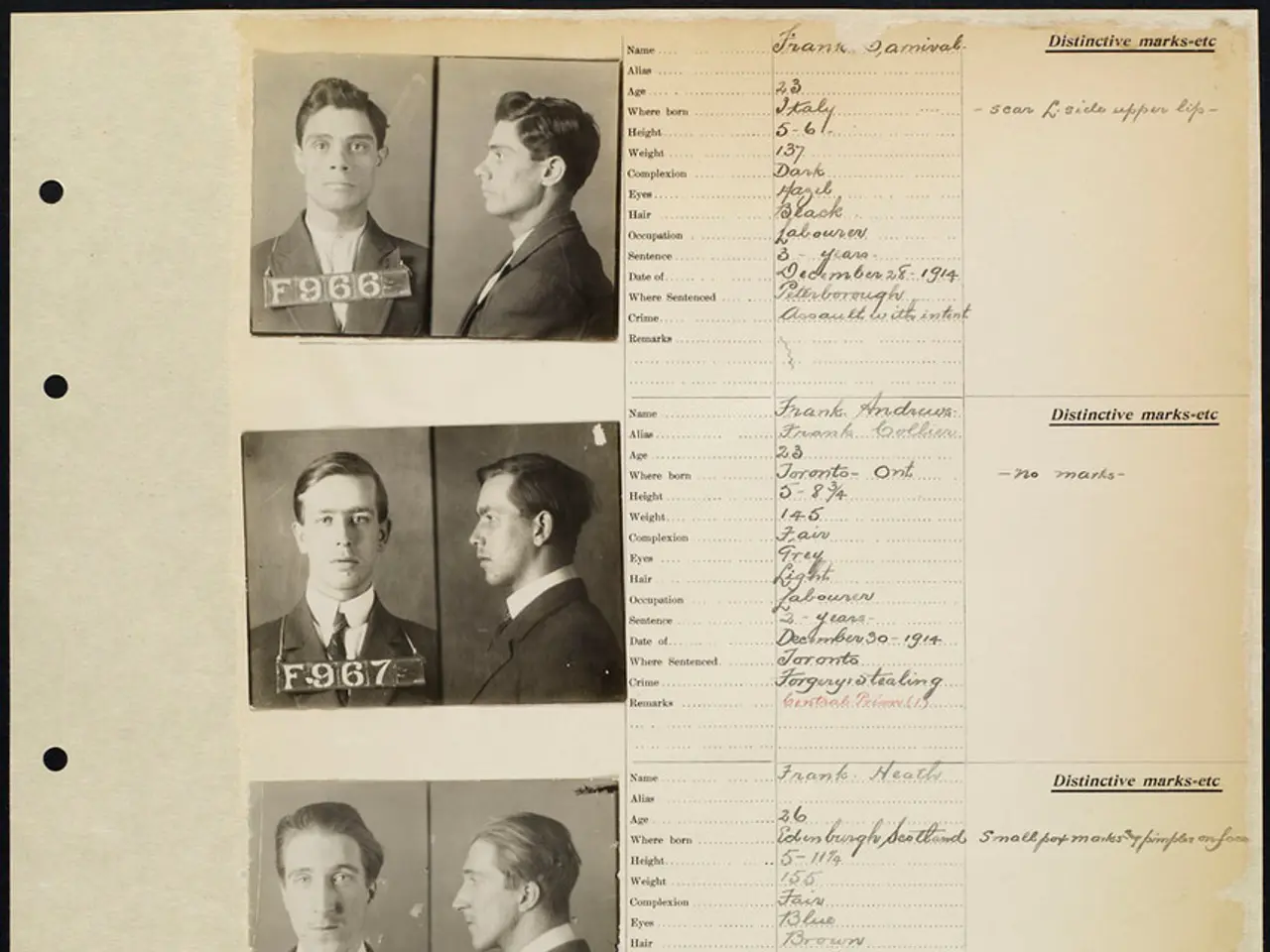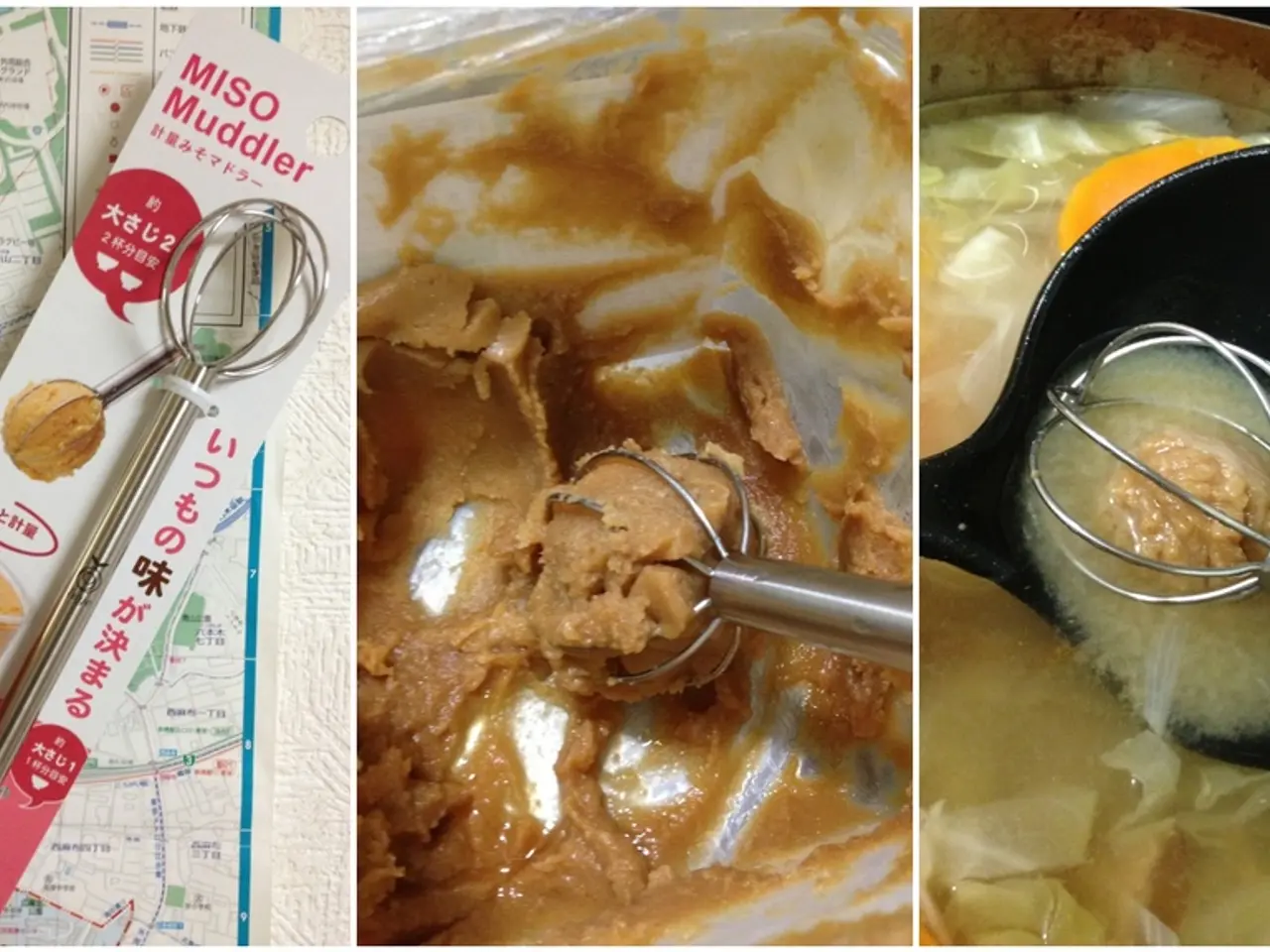Exploring Contrastive Learning: A Comprehensive Guide
In the realm of machine learning, contrastive learning has emerged as a powerful technique that allows models to differentiate between similar and dissimilar data points, all without the need for explicit labelling. This approach, which has proven effective in various applications such as computer vision and natural language processing, is particularly useful in self-supervised learning, a type of unsupervised learning where the label comes from the data itself.
One of the key advantages of contrastive learning is its ability to learn from unlabelled data. The most common formulation for contrastive learning, the InfoNCE loss, encourages the similarity between anchor and positive embeddings while pushing apart anchor-negative pairs. In the computer vision example, an encoder (like a convolutional neural net) is used to push positive image embeddings together and negative embeddings apart.
However, challenges in contrastive learning include finding suitable hard negatives, selecting the right batch size, and minimizing false negatives. To address these issues, several advanced methods have focused on sampling harder negatives or attempting to avoid false negatives with a modified contrastive loss.
One such method is Negative Sampling Calibration with Adaptive Weighting. This technique uses an auxiliary model (like a Multi-Layer Perceptron) to predict the alignment probability for each negative pair. This allows the contrastive loss to weight negatives dynamically, emphasizing truly hard negatives while reducing the impact of false negatives or weakly aligned pairs.
Another approach is Cross-Modal Cluster-Guided Negative Sampling. This method leverages clustering information across modalities to guide negative sampling. Instead of random or uniform sampling, negatives are chosen based on cluster assignments to focus on more semantically challenging negatives that are close in the embedding space but from different clusters.
Fine-grained sample construction, such as creating positive and negative pairs at a very fine level (like per pixel), can significantly reduce false negatives and improve the quality of harder negative sampling for tasks like hyperspectral image target detection.
Hard Negative Contrastive Learning Frameworks explicitly focus on mining and incorporating "hard negatives" — negatives that are very similar to the anchor or positives but are semantically different. These can be mined using geometric understanding or similarity metrics within the embedding space and are used to push the model to learn more discriminative features.
These methods move beyond traditional uniform negative sampling by incorporating predictive models, clustering mechanisms, or fine-grained sample construction to adaptively identify and emphasize semantically challenging negatives, which are crucial for improving contrastive self-supervised learning performance.
A larger batch size is beneficial in contrastive learning as it provides more diverse and difficult negative samples, crucial for learning good representations. Common values for the temperature parameter are around 0.07 or 0.1. Some adaptations of contrastive learning like MoCo use a large dictionary queue for negative samples which is much larger than a typical mini-batch. In self-supervised contrastive learning, positive samples are created by augmenting the original image, and negative samples are taken from another random image in the batch.
In the supervised setting, contrastive learning has been shown to slightly outperform the standard cross-entropy loss for image classification. These advanced techniques in contrastive learning are expected to further enhance its performance and applicability in various domains.
---
### Summary Table
| Method | Key Idea | Benefits | Example Use Case | |-------------------------------------------------|-----------------------------------------------|----------------------------------|----------------------| | Negative Sampling Calibration with MLP | Predicts alignment probability; weights negatives adaptively | Robustness against false negatives and noise | Multi-modal drug-phenotype data[1] | | Cross-modal Cluster-Guided Negative Sampling | Negative selection guided by cluster assignments | Focus on challenging negatives; improves semantic discrimination | Cross-modal vision-language[5] | | Fine-grained sample construction (e.g., per pixel) | Constructs positives/negatives at fine granularity | Reduces false negatives | Hyperspectral image target detection[3] | | Hard Negative Mining Frameworks | Explicitly mines negatives similar to positives | Enhances feature discrimination | Vision encoders for geometric understanding[4] |
- The ability of Negative Sampling Calibration with Adaptive Weighting to predict the alignment probability for each negative pair and dynamically weight these negatives is particularly useful in minimizing false negatives, a challenge in contrastive learning.
- Hard Negative Contrastive Learning Frameworks focus on mining and incorporating hard negatives, which are similar to the anchor or positives but semantically different, to push the model to learn more discriminative features, aiding in various applications such as vision encoders for geometric understanding.




